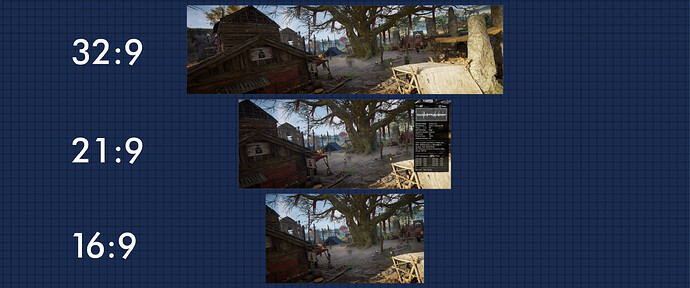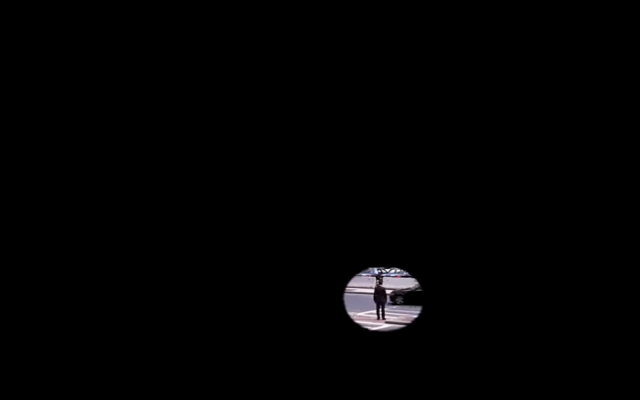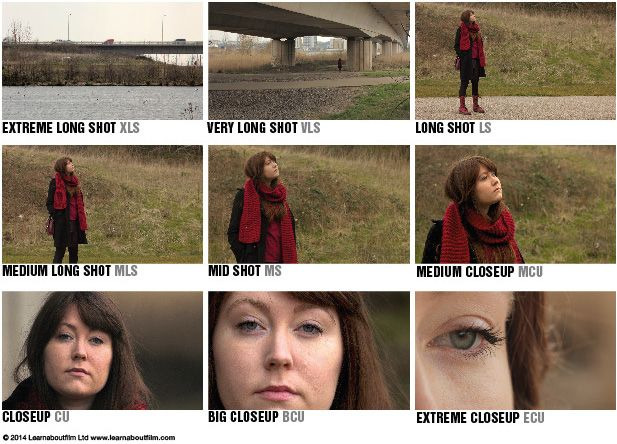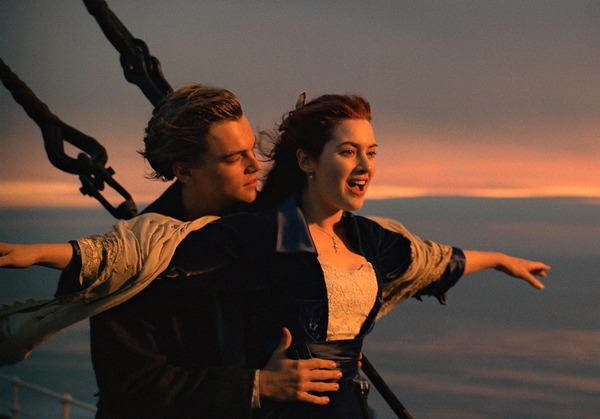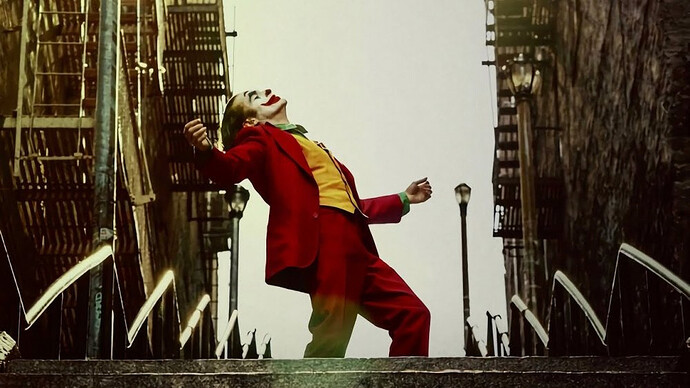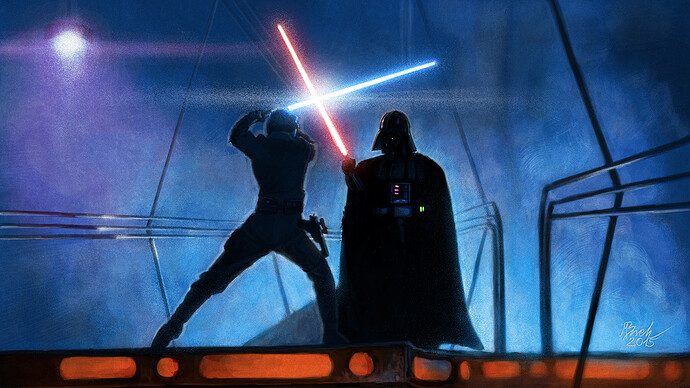![]() Who’s Who?
Who’s Who? ![]()
There are five stages of film production
Pre Production
- Preparing the script
- Gathering finances
- Casting and hiring, deciding the actors
- Finding a secure location for the filming
This is where you need to finalize a script that will start the entire story. Screenwriters are the ones all working in pre-production. As the name suggests, they do all writing. These ideas can be an original source or an adaptation from a preexisting media form (think movie to books). The ‘treatment’ is like the script’s summary, the initial plot, all bunched together for the idea. The script is expanded from that.
Once the script is properly written, they sometimes bring in a script doctor to review the writing and add additional notes. It’s usually if the producers don’t love everything the screenwriters came up with.
Producers - The ones overseeing the project at every stage. There are three types:
- Executive producer - they manage financials and secure deals but have minimal creative talent in terms of the project. They focus on getting the film properly managed and made.
- Line Producers - they run the day by day scenario. They manage the daily schedule, make sure what needs to be done gets done, and that the costs are reasonable.
- Unit Producers - The one responsible for reporting and managing the receipts.
Executive manages more; Unit manages less. It’s a sliding scale.
Casting Director - They are responsible for choosing the actors for each role. On the flip side, the agents negotiate contracts and payment on behalf of the actors.
Production Designers - Manage the overall aesthetic of the film
Location Scouts - Look for places to shoot the scenes. It’s like how Star Wars was filmed in Death Valley, California, for the Tatooine scenes.
Art Director - The ones who conceptualise the actual props for the film. They do costumes and sets if the scene isn’t being shot in a real location.
Set Director - Also work on creating sets in replacement of real locations.
Costume Designers - Work with art directors for the looks and outfits for each character.
Production
Also known as ‘Principal Photography’. This is the stage where all the shots are being filmed.
Director - The main leader on the scene. They oversee everything at this stage in the film process. They guide the actors, determine the cameras’ position, and select what images appear in the final cut. There is a different version of a director called ‘Auteors’ (sorta a newer thing), and they act as the authors of the movie. They have their own ideas for the same scene.
The director is responsible for reviewing dailies and making selects. Dailies are all the footage shot that day, and selects are the scenes that get selected. Most of the initial film will end up removed that’s why movies can sometimes include an extended cut as a bonus.
Cinematographer/ Director of Photography (DP) - Manages the camera positions, setup, and lighting details. They work with the director to determine where the camera should be for the movement. It’s good for the DP and Director to get along well.
Camera Operator - The guy holding the camera or managing the gyro/mount the camera is on.
Production Sound Mixer - Manages the music, sound effects, and anything else that needs to be added in dealing with audio. A lot of sounds have to be made up for fantasy movies using real-world objects.
Boom Operator - The one holding the mic that’s not attached to the actors.
Grips - People who install the lights on set and place camera dollies.
Makeup Artists - They run the final touchups on actors before and in between scenes.
Production Coordinator - Helps the whole process, all these people, run smoother. Probably a tough job, so good luck going into that.
Post Production
Everything is done, all the film has been made, everything in order. Now, what do you do? Chances are that while the movie is done, it doesn’t all add up yet. The footage is still being cut out, green screens edited, and more sounds brought in.
Editor - Takes all of the selects chosen and combines them into one running film. Once everything is put together, they call it a ‘Locked version’ because it is their sense of style and rhythm set in.
Sound Editor - They make the final sounds and mixing for the film. They have to combine the sounds, dialogue, acting, and the scenes for one fluid composition. Sound mixing is just the name for balancing the sound levels.
Special Effect Technicians - These blokes manage the fancy stuff. Green screens, adding in fantasy effects, magical spells, laser beams.
Distribution
Lovely, so you’ve planned the film, shot it, edited it, and now, there is a full working visual story. What do you do now? To get all the money back blown on the set, you have to market the film and get others to pay to watch it.
How do you see a film? In the cinema? On Netflix? This is the step where they push a film out for all sorts of viewers.
Distributer - A company or agency that acquires the rights from the produces to distribute the film. 20th Century fox is one example of this (the iconic sound at the start of all these movies). Other examples are Walt Disney, Warner Brothers, Netflix, and Amazon.
Release Stragities - Methods used for getting the film out. This is the process that has changed over time to match the current viewing trends. In the 50s, the era of the initial movies, they used a method called Book Blocking. Producers would sell their films to a movie theatre in packages to present (remember, those rolls of films?). Eventually, premiers became a thing. It’s essentially a red carpet kickoff event to announce the completion to a select audience.
Movies can have a different form of release. In limited release, they only appear in big city movie theatres. New York, San Fransico, others like that (The big movie industries are mostly in America). In a wide release, hundreds of theatres can get the movie, big or small. There is a rare case of Executive releases where only one or two theatres will get the movie.
Platforming is a form of a release strategy that involves starting with a small crowd, hyping up the film, then having a wider release.
What about Target Audiences?
Producers have to keep this in mind when creating the film. Some movies are catered to children, some for teens, and some for adults. Even the genre can have an impact. Perhaps some people like horror movies as compared to those who like a good romance.
Timing
Sometimes a movie will want to be released at a certain time to add to the creative meaning. A Christmas movie is better suited to be released during the winter holidays as opposed to the middle of the summer. Granted, different countries have different season timing so it will depend. Going back to the fact that most of the popular movie industry is American, the upper hemisphere will enjoy the effects better.
Home Release
This is the part that quarantine has affected. Most of the time, movies will release DVD’s or streaming site deals about three to six months after it hits theatres. Because no one is going to the cinema anymore, all of these movies go directly to platforms like Disney+, Netflix, Hulu, HBO, and more.
Blockbuster - A big-budget film intended for wide release. They have famous actor names and directors and are expected to be big hits.
Viral Marketing - A newer outside influence of how films are passed around; especially in the digital era. If a film is good, maybe it doesn’t have that much advertisement, but fans will pass around screenshot, fanart, or thoughts through social media and make it popular. It can also be affected negatively via cancel culture or bad reviews.
Exhibition
This is where you, as a view, come in. The producers are done, the film is out, everyone has access now.
Sites that host streaming services will decide their prices for purchasing or renting the movie from there. If it’s subscription-based, then the price is predetermined for a monthly/yearly plan for any of the movies that site has. Each site will have a different selection, so it’s a matter of what platform for the audience to choose.
Leasure Films - Movies made to be watched for fun. Something that the family watches, or you binge for personal enjoyment.
Production Films - Movies that are watched to gain insight. This can be a documentary or just a well done realistic/historical fiction about certain situations.
![]() How expensive is it?
How expensive is it? ![]()
Really hecken’ expensive. When the producers deal with the idea, they decide whether it’s bankable or not. The goal is to make more than it takes to create all those shots in the first place.
For example:
Suicide Squad - Costs 110 million pounds (£110,000,000 or $150,000,000 or €123,000,000) for production and marketing.
Sometimes the movie can be individually financed. Maybe the producer or writers want to start everything off for the personal project part.
![]() Questions
Questions ![]()
- Have you made a movie before?
- Do you plan to go into the film making career?
- Would you whether be an actor or a director?
- What other factors of film do you think the pandemic will affect?



